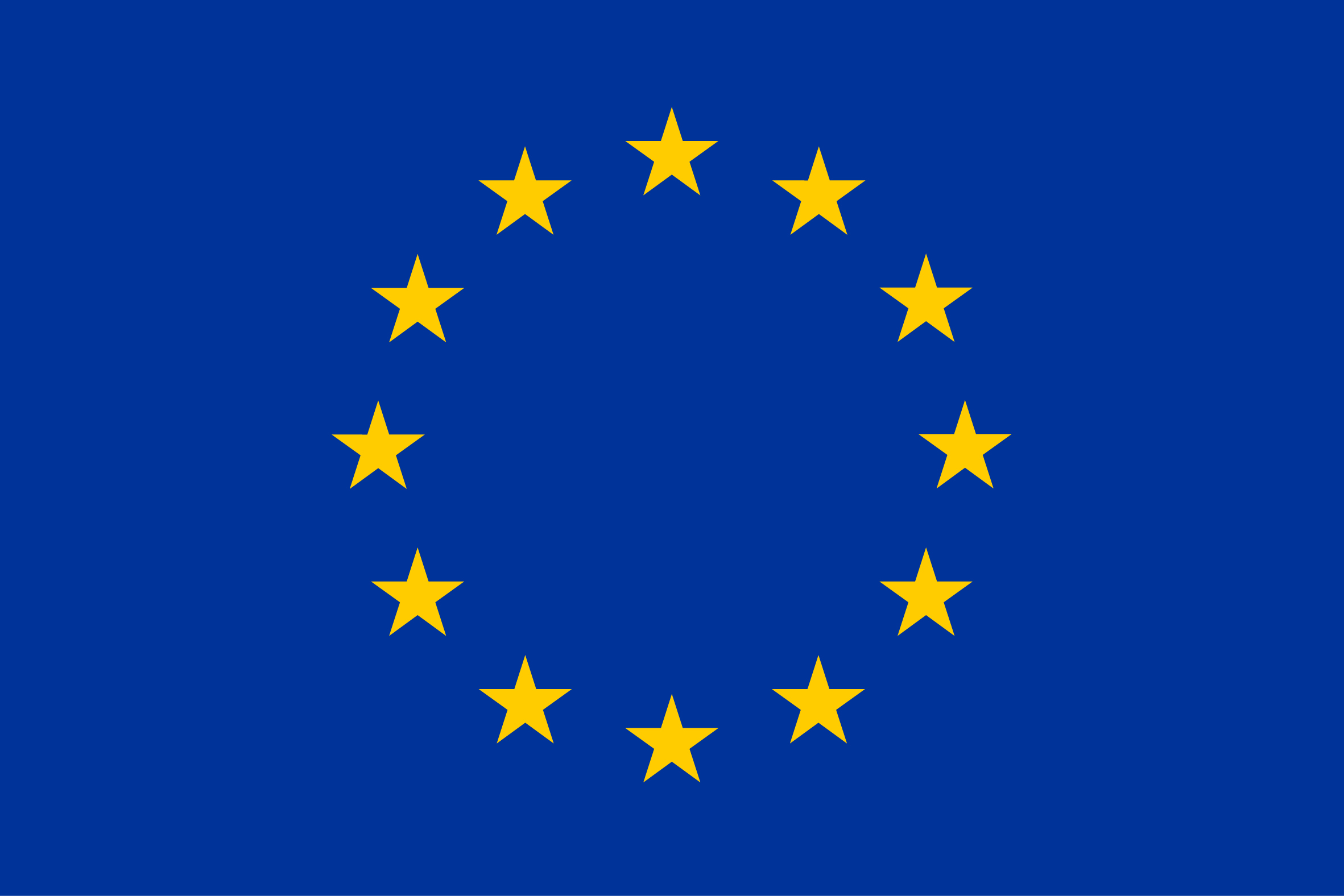(Created page with "Category:Fish =General Information= {{Infobox | title = {{PAGENAME}} | image = 200px | headerstyle = background:#595958; color:#f9f9f9; | header1 = Layer Info | label2 = Category | data2 = Ecology | label3 = Sub-category | data3 = Fish | label4 = Editable | No | }} ==Description== ==MSP Challenge== Here you can add information about how the layer is implemented or used in the MSP Challenge =North...") |
(→North Sea Digital Twin: removed the digitwin info. there was confusion with the sharks and rays layer wich is documented under "sharks") |
||
| (11 intermediate revisions by 2 users not shown) | |||
| Line 4: | Line 4: | ||
{{Infobox | {{Infobox | ||
| title = {{PAGENAME}} | | title = {{PAGENAME}} | ||
| image = [[File:Layer_Rays_and_Skates. | | image = [[File:Layer_Rays_and_Skates.jpg|200px]] | ||
| headerstyle = background:#595958; color:#f9f9f9; | | headerstyle = background:#595958; color:#f9f9f9; | ||
| header1 = Layer Info | | header1 = Layer Info | ||
| Line 13: | Line 13: | ||
}} | }} | ||
==Description== | ==Description== | ||
Rays and Skates are commonly known as Elasmobranchs, which include, sharks, skates and ray, they differ from other fish in the sea by having a skeletal structure made out of cartilage as opposed to bone. They are vulnerable to overfishing and once depleted, populations take a long time to recover. Rays and Skates are slow growing, late to reach maturity and typically have low fecundity, thus the number of individual fish recruited into a population on an annual basis is low. | |||
'''Diet:''' Rays and Skates have similar feeding habits as they are both bottom-dwellers. They generally feed on various species of crustaceans like crabs and shrimps. Additionally, small fish and clams and mussels depending on the size of the ray or skate. They also consume a variety of worms and other small invertebrates that inhabit the seabed. | |||
'''Threats:''' Young Rays and Skates are large enough to get caught as by-catch in trawl nets and dredge gear. Relatively a small proportion will actually reach breeding age, and those that do only produce enough of young later in life to help rebuild the population. Furthermore, the destructive fishing practices such as bottom trawling, can damage the seabed and habitats. | |||
=North Sea= | =North Sea= | ||
Not applicable. This layer is not yet available in the MSP Challenge North Sea Edition. | |||
=Baltic Sea= | =Baltic Sea= | ||
Not applicable. This layer is not yet available in the MSP Challenge Baltic Sea Edition. | |||
== | =Clyde Marine Region= | ||
== | == Information == | ||
Add species from EwE | |||
==Types== | ==Types== | ||
| Line 78: | Line 39: | ||
==Metadata== | ==Metadata== | ||
===Data Source=== | ===Data Source=== | ||
Rays and Skates is a month-by-month, computer generated data layer following calculations made by the ecosystem simulation (EwE). For more information on how Ecopath-with-Ecosim (EwE) works, please visit our [https://community.mspchallenge.info/wiki/Ecosystem_simulation_(MEL_%26_EwE) Wiki page] or visit the official EwE website at https://ecopath.org. | |||
For detailed information on how the simulation works for the Clyde Marine Region Edition, we recommend further exploring our research publication called "[https://doi.org/10.5751/ES-11580-250221 Combining ecosystem modeling with serious gaming in support of transboundary maritime spatial planning]". | |||
=Adriatic Sea= | |||
Not applicable. This layer is not yet available in the MSP Challenge Adriatic Sea Edition. | |||
== | =Eastern Mediterranean Sea= | ||
== | == Types == | ||
* Very Low Density | |||
*Low Density | |||
*Medium Density | |||
*High Density | |||
*Very High Density | |||
==Metadata== | ==Metadata== | ||
===Data Source=== | ===Data Source=== | ||
Rays and skates is a month-by-month, computer generated data layers following calculations made by the ecosystem simulation (EwE). The simplified EwE Eastern Mediterranean model was adjusted for use in the MSP Challenge by Eyal Ofir. | |||
<headertabs/> | For more information on how Ecopath-with-Ecosim (EwE) works, please visit our [https://community.mspchallenge.info/wiki/Ecosystem_simulation_(MEL_%26_EwE)' Wiki page] or visit the official EwE website at [https://ecopath.org/ https://ecopath.org].<headertabs/> | ||
Latest revision as of 13:18, 23 January 2025
This page was last edited on 23 January 2025, at 13:18. Content is available under GPLv3 unless otherwise noted.
 Co-funded by the European Union.
Co-funded by the European Union.